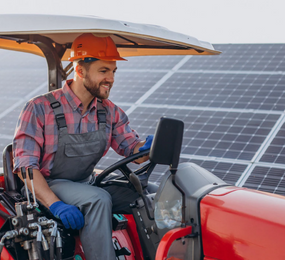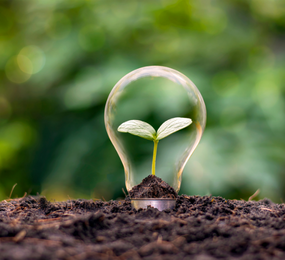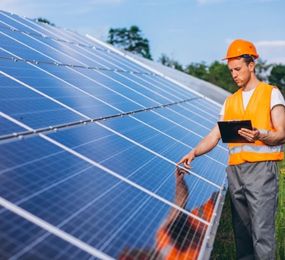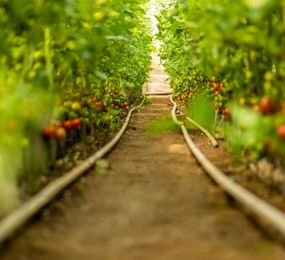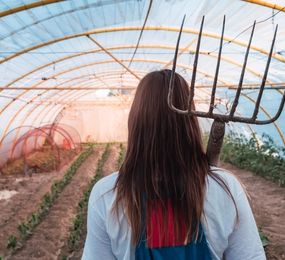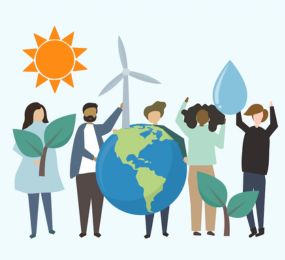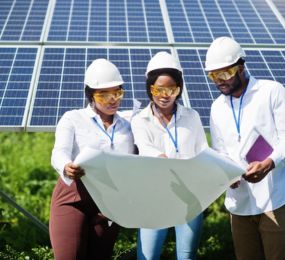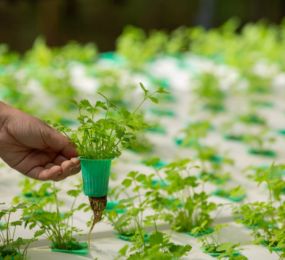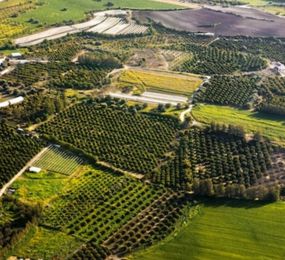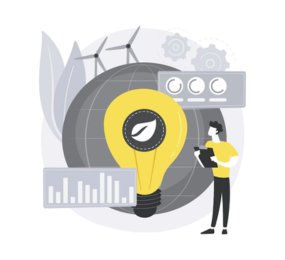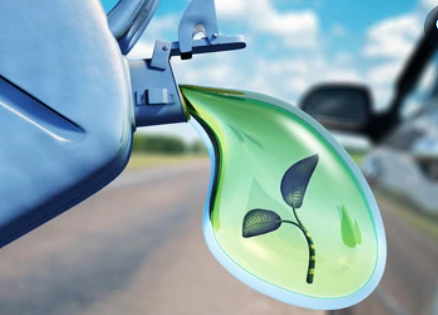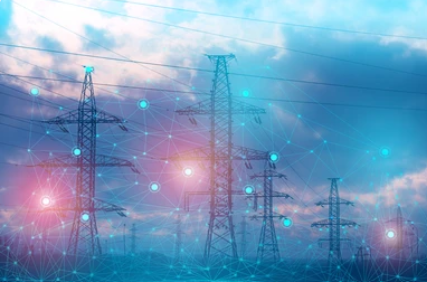The field of AgriVoltaics, which seamlessly integrates solar energy production with agricultural practices, is experiencing a surge in innovation. Cutting-edge audio-visual (AV) technologies are playing a pivotal role in this transformation, optimizing energy generation, monitoring crop health, and enhancing the overall efficiency and sustainability of AgriVoltaics projects.
Here are some of the latest AV technologies making waves in the AgriVoltaics sector:
1. High-resolution cameras and drones: Equipped with advanced imaging sensors and AI capabilities, these technologies enable precise monitoring of crop health, soil moisture levels, and potential pest or disease outbreaks. Aerial imagery captured by drones provides valuable insights into crop yields and irrigation needs, optimizing resource allocation and maximizing agricultural output.
2. Smart sensors and IoT networks: AgriVoltaics systems are increasingly equipped with a network of sensors that collect real-time data on various parameters, including temperature, humidity, light intensity, and soil composition. This data is then transmitted through the Internet of Things (IoT) network to a central platform for analysis and action. By leveraging AI and machine learning, these systems can predict potential problems and suggest preventive measures, ensuring optimal conditions for both solar energy production and plant growth.
3. Advanced weather forecasting and predictive analytics: Real-time weather data and advanced forecasting models enable farmers to optimize irrigation schedules and adjust solar panel tilt angles based on weather forecasts. Predictive analytics further enhance decision-making by analyzing historical data and providing insights into future crop yields and energy production. This proactive approach minimizes resource waste and maximizes the overall efficiency of AgriVoltaics systems.
4. Augmented reality (AR) and virtual reality (VR) for training and visualization: AR and VR technologies have the potential to revolutionize the way farmers learn about and manage AgriVoltaics systems. AR applications can overlay real-time data visualizations onto the physical environment, facilitating troubleshooting and maintenance tasks. VR simulations can provide immersive training experiences, equipping farmers with the skills and knowledge necessary to operate and optimize their AgriVoltaics systems effectively.
5. Robotics and automation: Robotics and automation are poised to play a significant role in the future of AgriVoltaics. Autonomous robots can perform tasks such as weed control, pollination, and harvesting, reducing labor costs and improving efficiency. Automated irrigation systems can optimize water use based on real-time data, further enhancing the sustainability of AgriVoltaics projects.
By harnessing the power of these AV technologies, AgriVoltaics can significantly improve energy production, enhance food security, and promote a more sustainable future. As the capabilities of these technologies continue to evolve, we can expect even greater advancements in the field of AgriVoltaics, paving the way for a future where clean energy and sustainable food production go hand-in-hand.
To register or learn more about the Forum please check here:https://bit.ly/41cUdvr.
For more information and group participation, contact us: [email protected]


